Q1. X walked 10 feet from A to B in the East. Then she turned to the right and walked 3 feet and reaches to point C. Again, she turned to the right and walked 14 feet and stops at point D. How far is she from A with respect to her final position?
(a) 4 feet
(b) 5 feet
(c) 24 feet
(d) 27 feet
(e) None of these
Q2. X left home and cycled 10 km towards South, then turned right and cycled 5 km and then again turned right and cycled 10 km. After this he turned left and cycled 10 km. How many kilometers will he have to cycle straight to reach his home from his final position?
(a) 10 km
(b) 15 km
(c) 20 km
(d) 25 km
(e) None of these
Directions (3-5): Study the information carefully and answer the questions given below.
A person starts waking from point A and walked 7m towards north direction to reached point B and after reaching point B he takes a right turn and reached point C after walking 5m. From there he takes a left turn and walked 5m to reach point D and again take a left turn and walked 7m to reach point E.
Q3. What is the shortest distance between point E to B?
(a) 29m.
(b) 25m.
(c) √29m.
(d) 5√2m.
(e) None of these.
Q4. What is the position of initial point with respect to point E?
(a) North
(b) South
(c) East
(d) West
(e) None of these.
Q5. What is the shortest distance between B and D and in which direction is D with respect to B?
(a) √25m, North east
(b) √50m, North
(c) 5√2m, North east
(d) 2√25m, North east
(e) √50m, East
Directions (6-10): Study the information carefully and answer the questions given below.
Seven boxes J, K, L, M, N, O and P are placed one above other. Each box contains different numbers of bottles i.e., 12, 15, 19, 23, 25, 32 and 36. All information is not necessarily in same order.
Equal no. of boxes is placed above and below the box which contains 12 bottles. One box is placed between box L and the box which contains 12 bottles. More than two boxes are placed between box L and the box which contains 15 bottles. Box J is placed just below box O which contains no. of bottles that is perfect square. Two boxes are placed between box J and the box which contains 32 bottles. The number of bottles box N contains is 4 more than the numbers of bottles box K contain. Box K is placed below box M but above box P. Box J is not contains 15 bottles. One box is placed between box L and box J. The box which contains 32 bottles is not placed just above or just below box L. Box M is not placed just above or just below box L. Box M contains 2 bottles less than box L.
Q6. Box P contained how many bottles?
(a) 25
(b) 36
(c) 23
(d) 32
(e) None of these
Q7. What is the difference between the number of bottles in box K and box L?
(a) 10
(b) 3
(c) 6
(d) 7
(e) None of these
Q8. How many bottles box N contains?
(a) 25
(b) 19
(c) 32
(d) 23
(e) None of these
Q9. How many boxes are placed between box O and box P?
(a) More than four
(b) Four
(c) Three
(d) Two
(e) None
Q10. How many bottles are in the box which is placed just above box M?
(a) 25
(b) 36
(c) 19
(d) 32
(e) None of these
Solutions
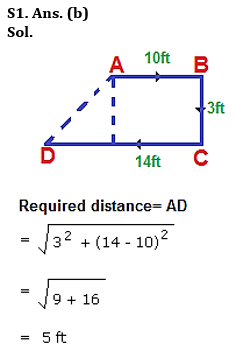
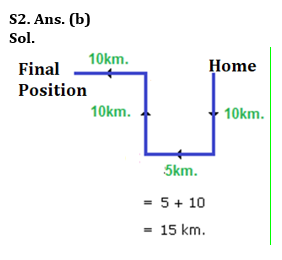
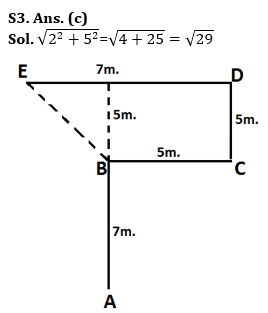
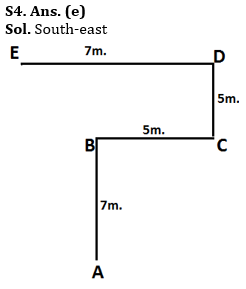
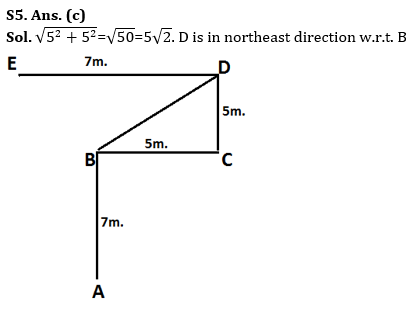
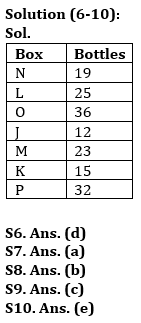


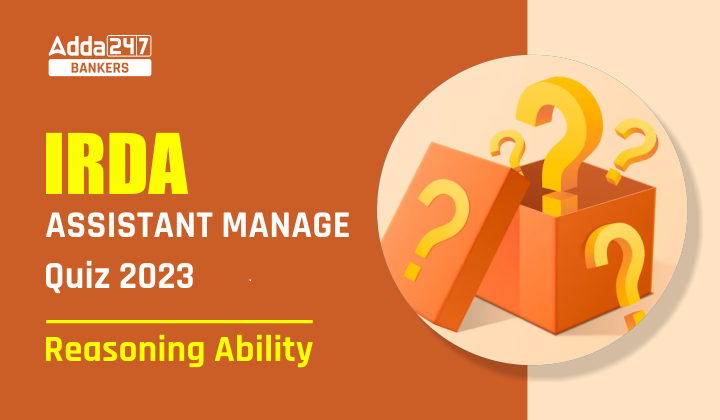


 GA Capsule for SBI Clerk Mains 2025, Dow...
GA Capsule for SBI Clerk Mains 2025, Dow...
 The Hindu Review October 2022: Download ...
The Hindu Review October 2022: Download ...
 ECGC PO Scorecard 2025 Out, Check Marks
ECGC PO Scorecard 2025 Out, Check Marks




